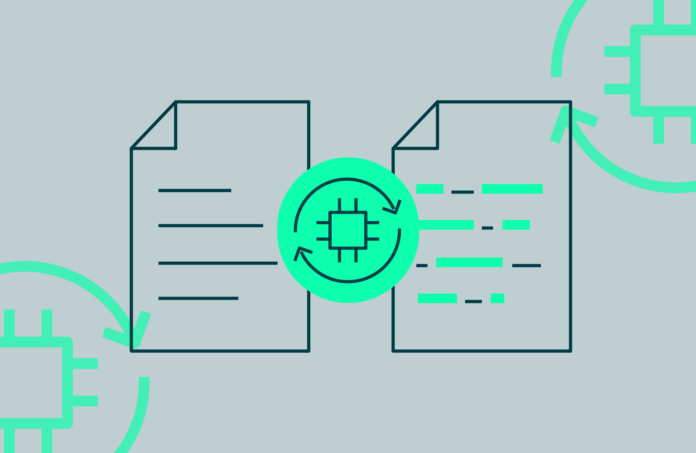In today’s digital era, where information is readily accessible and easily shareable, maintaining academic integrity has become more challenging than ever. The rise of the internet has provided students and professionals with an abundance of resources at their fingertips, but it has also increased the temptation and ease of copying content without proper attribution. Enter plagiarism AI checkers—advanced tools designed to detect and prevent plagiarism, ensuring the originality of work in educational and professional settings.
What is a Plagiarism AI Checker?
A plagiarism AI checker is a sophisticated software application that uses artificial intelligence and machine learning algorithms to analyze text for potential plagiarism. Unlike traditional plagiarism detection tools, which rely on simple keyword matching and comparison, AI-powered checkers delve deeper into the nuances of language, context, and structure to identify copied or paraphrased content. These tools scan vast databases of academic papers, websites, books, and other sources to ensure that the submitted work is original.
How Do Plagiarism AI Checkers Work?
Plagiarism AI checkers typically follow a multi-step process:
- Text Analysis: The software breaks down the submitted text into smaller segments and examines them for similarity to existing content in its database.
- Contextual Comparison: Using natural language processing (NLP), the AI understands the context in which words and phrases are used, making it more adept at detecting subtle forms of plagiarism, such as paraphrasing.
- Database Cross-Referencing: The tool compares the analyzed text against a vast and constantly updated database of academic papers, websites, articles, and other sources.
- Similarity Scoring: The checker assigns a similarity score to the text, indicating the percentage of content that matches existing sources. It also highlights specific sections that may require further review.
- Report Generation: Finally, the tool generates a detailed report, outlining potential instances of plagiarism and providing suggestions for proper citations and corrections.
Benefits of Using Plagiarism AI Checkers
- Enhanced Accuracy: AI-powered checkers offer a higher level of accuracy compared to traditional tools, thanks to their ability to understand context and identify complex forms of plagiarism.
- Time Efficiency: These tools quickly analyze large volumes of text, saving time for educators, students, and professionals who need to ensure the originality of their work.
- Educational Value: By providing detailed reports and suggestions, plagiarism AI checkers help users understand proper citation practices and improve their writing skills.
- Upholding Academic Integrity: Institutions can maintain high standards of academic honesty and discourage dishonest practices by incorporating these tools into their assessment processes.
- Wide Applicability: Plagiarism AI checkers are useful not only in academic settings but also in professional environments where original content creation is crucial, such as journalism, publishing, and marketing.
Choosing the Right Plagiarism AI Checker
With numerous plagiarism AI checkers available in the market, choosing the right one can be daunting. Here are some factors to consider:
- Accuracy and Reliability: Look for tools with proven track records and positive reviews regarding their accuracy and reliability.
- Comprehensive Database: Ensure the checker has access to a wide and updated database of sources for thorough comparison.
- User-Friendly Interface: The tool should be easy to use, with clear instructions and intuitive navigation.
- Detailed Reporting: Opt for checkers that provide comprehensive reports with actionable insights and suggestions for improvement.
- Data Security: Consider tools that prioritize user data privacy and security, ensuring that submitted texts are not stored or misused.
Conclusion
Plagiarism AI checkers have become indispensable tools in the fight against academic dishonesty and the promotion of original work. By leveraging advanced AI and machine learning technologies, these checkers offer unparalleled accuracy and efficiency, benefiting both educators and students. As we continue to navigate the digital landscape, the role of plagiarism AI checkers in safeguarding intellectual integrity will only become more critical. Embracing these tools can help foster a culture of honesty, creativity, and respect for intellectual property in academia and beyond.
